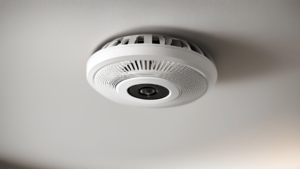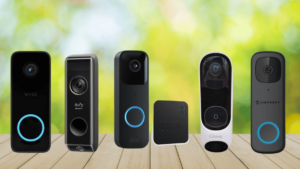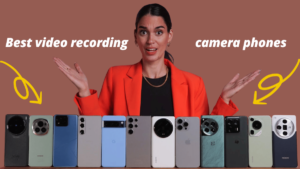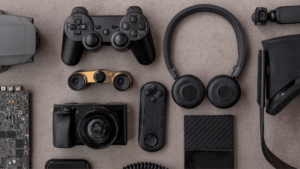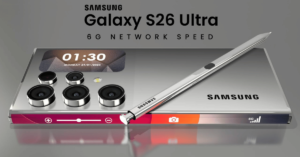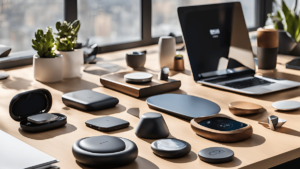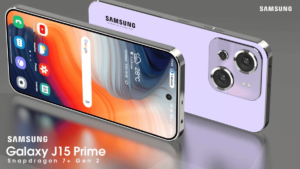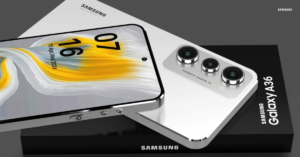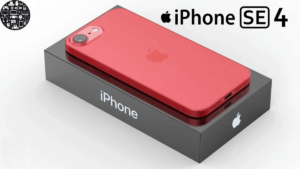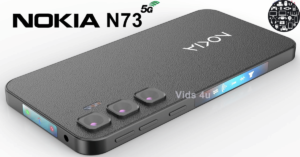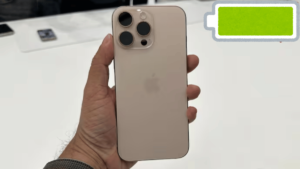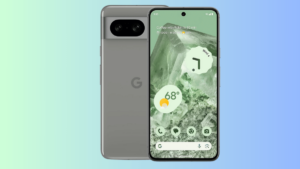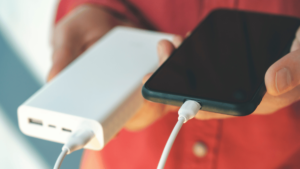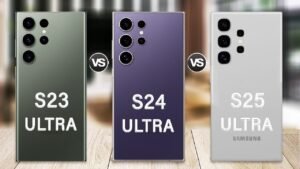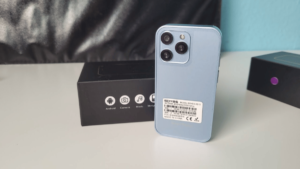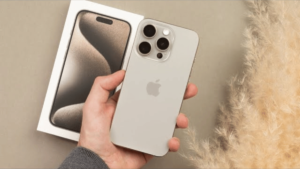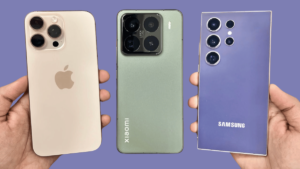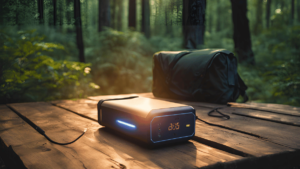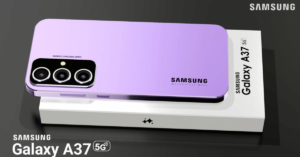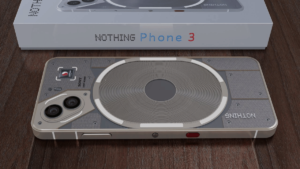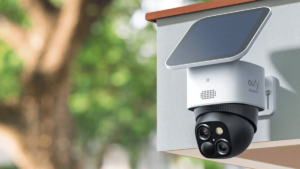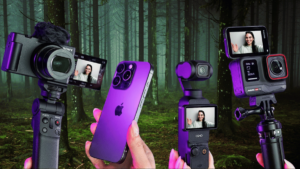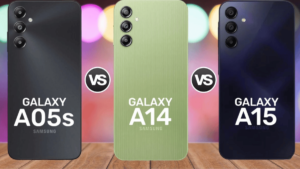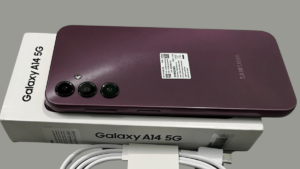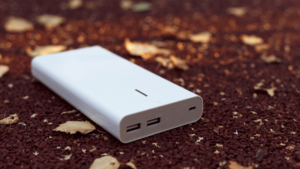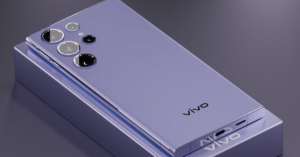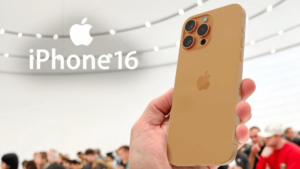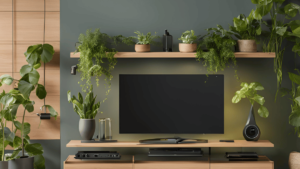Discover the best voice-activated devices for individuals with disabilities. Enhance independence and accessibility at home with these innovative gadgets designed to empower users.
Voice-Activated Devices for the Disabled: Enhancing Independence and Accessibility
Voice-activated technology has revolutionized the way individuals interact with their environment, especially for those with disabilities. These devices offer significant assistance, allowing users to control their homes and access information through simple voice commands. This article explores some of the most effective voice-activated devices that enhance independence and accessibility for individuals with disabilities.
1. Amazon Echo Dot (4th Gen) – Smart Assistant for Everyday Use
The Amazon Echo Dot is a compact smart speaker that utilizes Alexa to provide voice-controlled assistance for various tasks, making it a valuable tool for individuals with disabilities.
- Hands-Free Voice Commands
Users can control smart home devices, set reminders, make calls, and play music using only their voice, reducing the need for physical interaction. - Integration with Smart Home Devices
The Echo Dot can connect to a wide range of smart home devices, such as lights, thermostats, and security systems, allowing users to manage their environment easily. - Accessibility Features
With features like Alexa Skills, users can find additional resources tailored to specific disabilities, enhancing the overall user experience.
2. Google Nest Hub – A Visual Assistant with Voice Control
The Google Nest Hub combines a smart display with Google Assistant, making it an excellent choice for individuals who benefit from both visual and voice interfaces.
- Voice Commands and Visual Feedback
Users can ask questions, control devices, and access visual aids like calendars, weather updates, and recipe instructions, all through voice commands. - Smart Home Control
The Nest Hub acts as a central control unit for compatible smart devices, enabling users to manage their home environment seamlessly. - Routine Creation
Users can set up routines to automate daily tasks, like turning on lights or playing soothing music at specific times, enhancing comfort and security.
3. Apple HomePod Mini – Seamless Integration for Apple Users
The Apple HomePod Mini is an excellent option for individuals who use Apple products, providing a voice-controlled experience tailored to the Apple ecosystem.
- Siri Integration
With Siri, users can manage their home, access music, and get information simply by speaking, offering a hands-free way to interact with their devices. - HomeKit Compatibility
The HomePod Mini works with HomeKit-enabled devices, allowing users to create a smart home experience customized to their needs. - Intercom Feature
The intercom feature enables users to communicate throughout the home, making it easier for individuals with disabilities to connect with caregivers or family members.
4. Philips Hue Smart Lighting – Voice-Controlled Home Ambiance
Philips Hue offers smart lighting solutions that can be controlled through voice commands, making it an ideal choice for enhancing home accessibility.
- Voice Activation
With compatibility for Alexa, Google Assistant, and Siri, users can control their lighting easily, adjusting brightness and color without physical switches. - Scene Setting
Users can create specific lighting scenes for different activities, such as reading or watching TV, improving comfort and mood. - Routine Scheduling
Set routines for lights to turn on or off at specific times, enhancing security and ease of use for individuals with mobility challenges.
5. Logitech Harmony Elite – Universal Remote with Voice Control
The Logitech Harmony Elite is a universal remote that allows users to control multiple devices with voice commands, simplifying home entertainment and automation.
- Voice Control with Alexa and Google Assistant
Users can control TVs, streaming devices, and more using voice commands, providing an accessible way to manage entertainment systems. - Customizable Activities
Set up custom activities like “Watch TV” or “Listen to Music” that control multiple devices at once, enhancing ease of use for individuals with disabilities. - Smart Home Integration
The Harmony Elite integrates with various smart home systems, allowing users to control lights, thermostats, and security devices all from one interface.
6. Otter.ai – Voice Recognition for Easy Transcription
Otter.ai is a powerful tool that uses voice recognition technology to transcribe speech into text, making it invaluable for individuals with hearing impairments.
- Real-Time Transcription
Users can record conversations and meetings, and Otter.ai will transcribe them in real-time, providing accessible content for those who are hard of hearing. - Integration with Video Conferencing
Otter.ai can integrate with video conferencing tools, allowing users to follow along with discussions effortlessly. - Collaboration Features
The platform allows users to share transcripts and notes, making it easier for individuals with disabilities to participate in collaborative environments.
7. Voice-Activated Wheelchair – Independence on the Move
Voice-activated wheelchairs represent an innovative leap in mobility solutions for individuals with severe disabilities.
- Hands-Free Navigation
These wheelchairs can be controlled using voice commands, allowing users to navigate their environment independently without needing manual controls. - Safety Features
Many voice-activated wheelchairs include safety features such as obstacle detection, enhancing mobility without compromising security. - Customizable Settings
Users can customize voice commands to suit their preferences, providing a personalized experience that aligns with their specific needs.
Conclusion: Empowering Independence with Voice Technology
Voice-activated devices are not just gadgets; they are essential tools that significantly enhance the quality of life for individuals with disabilities. By providing hands-free control over various aspects of daily living, these devices promote independence, accessibility, and empowerment.
From smart speakers and lighting systems to specialized mobility solutions, the options available today cater to a wide range of needs and preferences. Embracing these technologies can transform homes into more inclusive environments, ensuring that everyone can enjoy the benefits of modern living.
As technology continues to evolve, we can anticipate even more innovations designed to support individuals with disabilities, making everyday tasks easier and more enjoyable.
Unlock the World of Gadgets!
Subscribe to Gadget Explorer Pro for:
- The latest tech reviews & recommendations
- Exclusive deals & insider updates
Join us now and explore like a pro!

